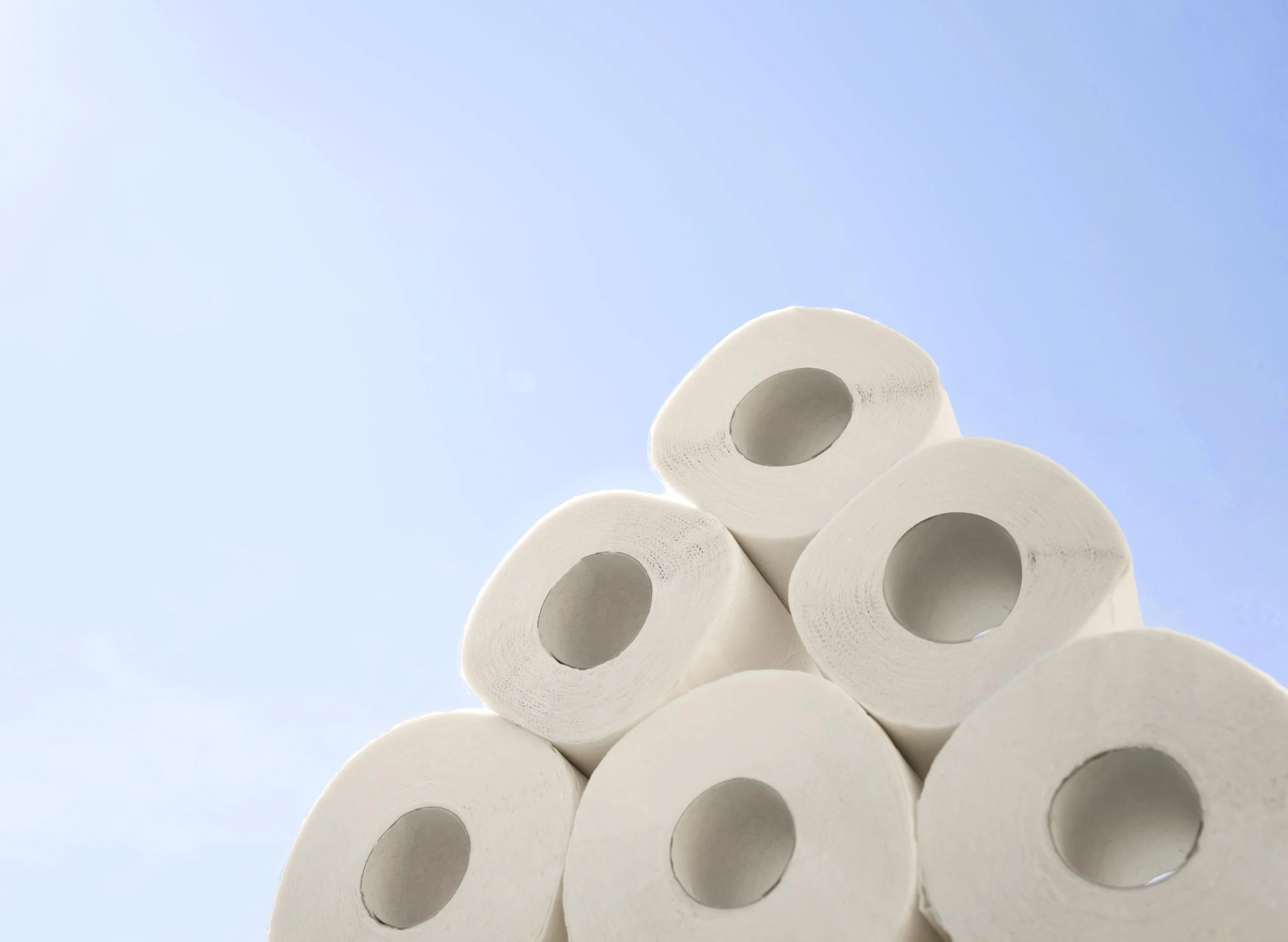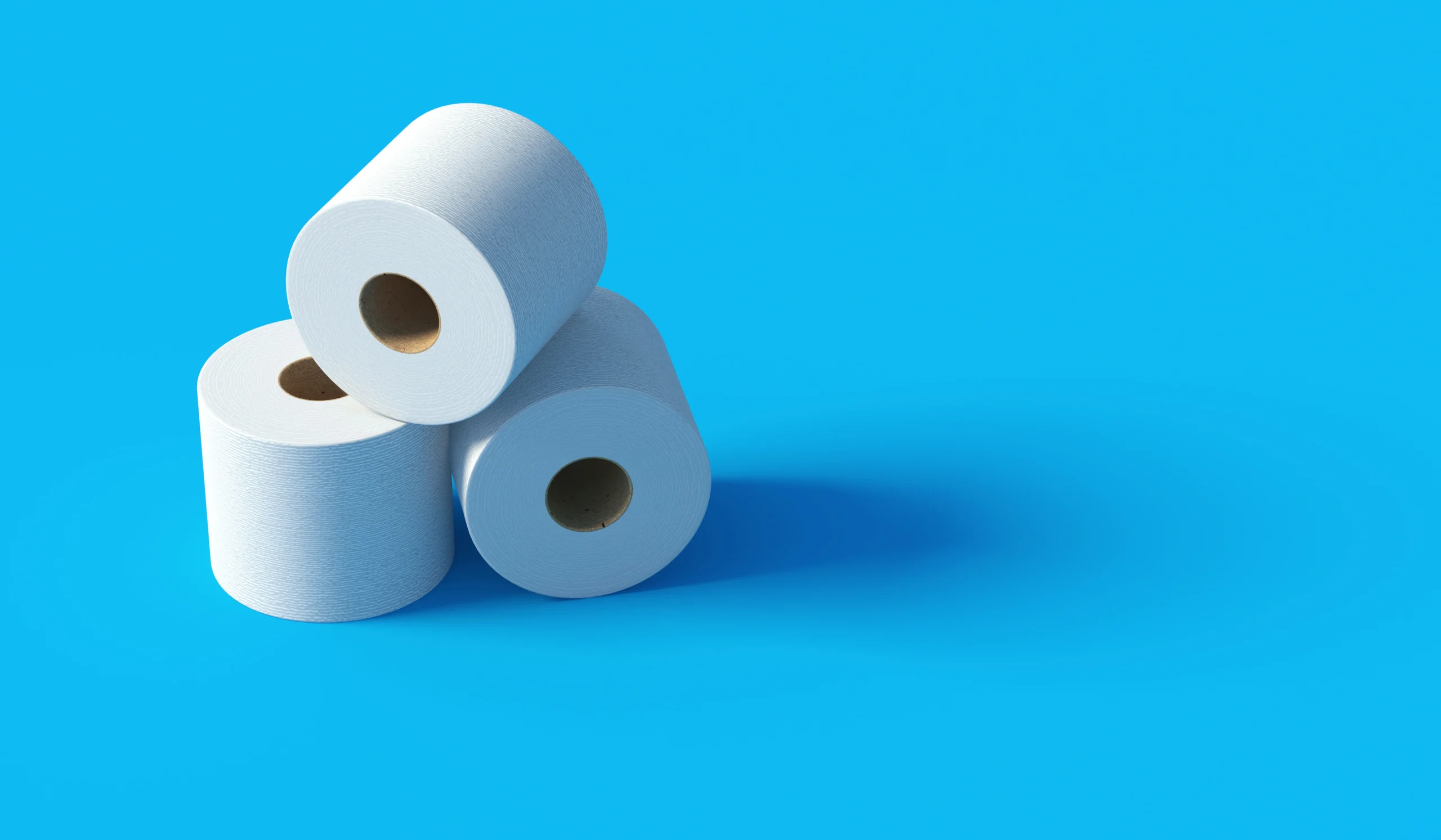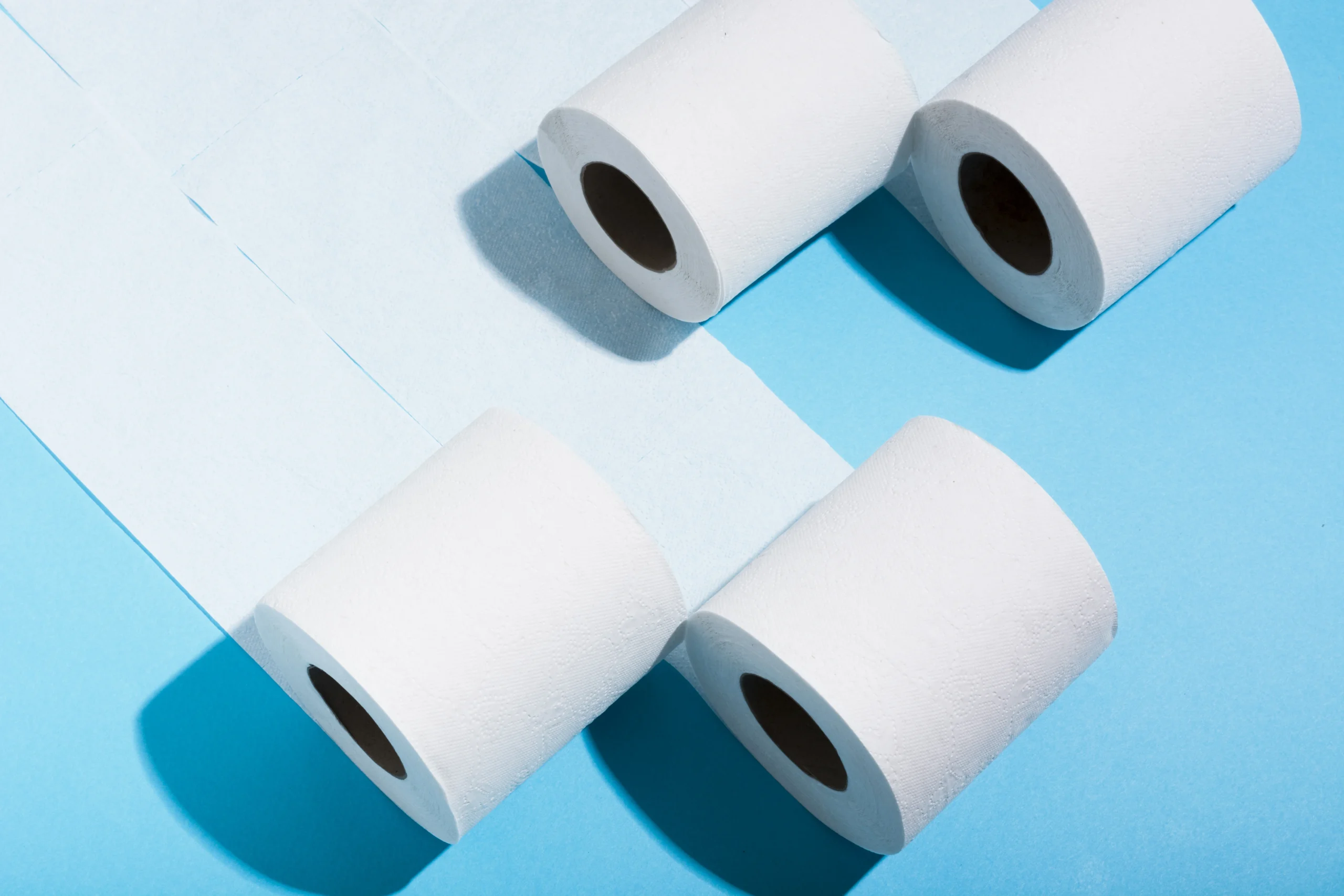Microporous surgical tape is a versatile and indispensable tool in any first aid kit, playing a crucial role in various aspects of wound care and injury management.
Microporous surgical tape’s primary function is to secure wound dressings and bandages in place. It ensures that these protective coverings remain firmly attached, preventing contamination and promoting a clean and hygienic environment for the wound to heal.
In the ever-evolving world of healthcare, even the smallest tools can make a major difference in saving lives and ensuring fast recovery. Among these essential tools is microporous surgical tape, a seemingly simple yet incredibly versatile item that no medical kit should be without.
Whether it’s for a clinic, hospital, travel pack, or home first aid kit, this breathable, skin-friendly adhesive tape proves to be indispensable in countless situations. At Jajoo Surgicals, we understand that the strength of emergency care often lies in the basics—and this is where medical microporous tape plays a vital role.
In this comprehensive guide, we explore what makes microporous paper tape essential, especially for dressing wounds, securing bandages, or offering first-line emergency care. Its versatility and gentleness on skin are what truly set it apart from other adhesive solutions available in the medical field.
1. What Is Microporous Surgical Tape?
Microporous surgical tape is a type of dressing tape made from non-woven materials, typically cellulose fibers, designed to offer breathability and gentle adhesion. Its “microporous” quality means it allows air and moisture to pass through, which prevents skin maceration and promotes faster healing. The tape is hypoallergenic, making it ideal for sensitive skin, especially in pediatric, geriatric, or post-operative patients.
Unlike standard tapes, microporous paper tape ensures secure adhesion without causing trauma to the skin upon removal. This makes it ideal for situations where dressings need to be changed frequently. Its soft texture, ease of use, and reliability in various temperatures and conditions make it a preferred choice for professionals and caregivers alike.
2. Why Should You Include Adhesive Tape in Your First Aid Kit?
When building a well-equipped medical or travel first aid kit, most people think of antiseptics, Band-Aids, or pain relievers. However, surgical plaster tape is one of the most overlooked yet essential items. A high-quality medical microporous tape can serve multiple roles—securing dressings, providing light support to small injuries, holding splints in place, and even acting as an emergency fix for broken bandages or gauze.
Emergencies rarely provide the luxury of advanced equipment. Having a reliable microporous tape on hand helps ensure wounds are dressed securely and hygienically until professional care is accessible. Whether at home, in a car, or on a trek, adhesive tape acts as a fast and effective solution for minor injuries, cuts, or abrasions.
3. Understanding the Importance of Adhesive Tape in First Aid
Adhesive tapes are not just accessories in a medical kit—they are critical tools for efficient wound management. The ability to hold dressings firmly in place without shifting is vital for preventing infections and ensuring that medications like antiseptic creams stay in contact with the wound.
Microporous surgical tape excels in first aid scenarios because it doesn’t tug or irritate the skin when removed. In situations where the same area may need dressing multiple times, such as burns or post-surgical wounds, its gentle nature becomes even more crucial.
4. Types of Adhesive Tape to Consider for Your First Aid Kit
While many types of adhesive tapes are available in the market, not all are suitable for first aid. Some common types include cloth tape, transparent plastic tape, waterproof tape, and microporous paper tape. Among these, microporous surgical tape stands out for its perfect balance of performance and skin safety.
- Cloth tape provides strong adhesion.
- Transparent tape is useful for visibility.
- Waterproof tape works in wet environments.
- Microporous tape offers all-round performance—gentle adhesion, breathability, ease of use, and versatility.
5. How to Use Adhesive Tape Safely and Effectively for Wound Closure
Using microporous surgical tape effectively starts with understanding its application. Begin by cleaning the area thoroughly and applying an appropriate sterile dressing or gauze over the wound. Cut or tear the microporous paper tape into strips and place them gently but firmly over the dressing to hold it in place.
Avoid stretching the tape too tightly, as it can compromise blood flow or cause skin irritation. Because of its breathable structure, surgical plaster tape can remain on the skin longer without causing maceration, making it ideal for minor cuts, abrasions, and surgical incisions.
In wound closure scenarios—especially for minor cuts—microporous tape can be used as wound closure strips by pulling the skin gently together and applying the tape across the wound.
6. Tips for Choosing and Storing Adhesive Tape in Your First Aid Kit
When selecting dressing tape for your medical kit, consider the following:
- Skin Sensitivity: Ensure the tape is hypoallergenic, especially for families with children or elderly members.
- Easy Tearability: Look for a product that can be torn by hand without scissors.
- Breathability: Prioritize microporous options to promote healing and reduce infection risks.
For storage, keep the microporous paper tape in a cool, dry place. Avoid exposure to direct sunlight or excessive humidity, which may weaken the adhesive. Always check the expiry date and replace used or damaged rolls immediately to maintain the effectiveness of your first aid kit.
At Jajoo Surgicals, we recommend our range of medical microporous tape options that are crafted for durability, skin-friendliness, and clinical-grade performance. Designed for both healthcare professionals and home users, our tapes ensure you’re never unprepared in emergencies.
7. Conclusion
A well-stocked medical kit is only as effective as the items it contains, and microporous surgical tape is one tool that proves its value in every situation. Its breathable, hypoallergenic, and reliable nature makes it the ideal choice for all first aid needs—from wound dressing to minor immobilizations.
Whether for home, travel, hospitals, or field use, this simple roll of medical microporous tape can mean the difference between proper wound care and complications. At Jajoo Surgicals, we believe that quality begins with the basics—and surgical plaster tape is one of the most basic yet vital tools every medical kit must include.
Choose smart. Choose safe. Choose microporous surgical tape—and stay prepared for whatever life throws your way.







